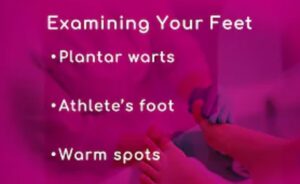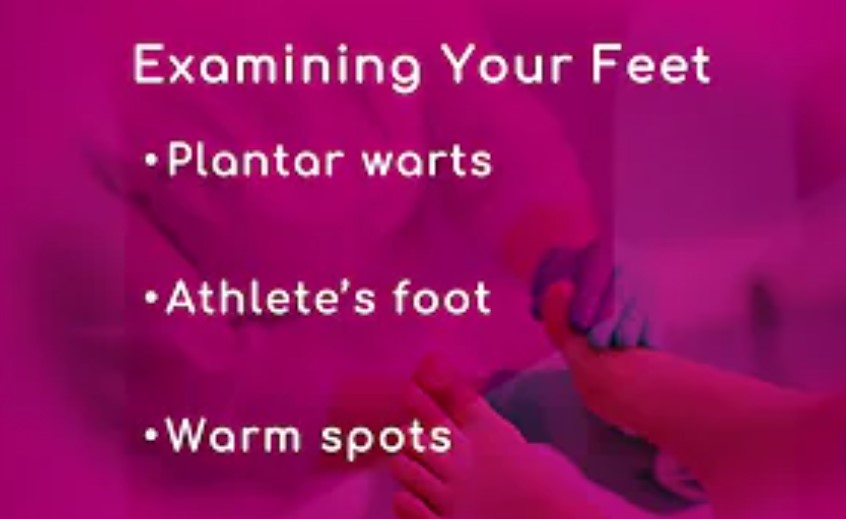Early Diabetes Feet
Living with diabetes can have various effects on the body, and one area that requires particular attention is the feet. Diabetes can lead to complications in the feet, which, if not managed properly, can have serious consequences. This article will explore the early signs of diabetes-related foot issues and provide important information on how to prevent and manage them.
Early Diabetes Feet
Diabetes is a chronic condition characterized by high blood sugar levels. Over time, high blood sugar can cause damage to nerves and blood vessels, leading to a condition called diabetic neuropathy. Neuropathy often affects the feet and can result in a loss of sensation or numbness. Additionally, poor blood circulation associated with diabetes can lead to delayed wound healing, making it easier for foot problems to develop.
One of the earliest signs of diabetes-related foot issues is neuropathy. As neuropathy progresses, individuals may experience tingling, burning sensations, or even complete loss of sensation in the feet. Numbness can be dangerous as it may prevent individuals from feeling injuries or sores, which can go unnoticed and become infected. Regularly inspecting the feet, even without pain or discomfort, is crucial to catching problems early.

Another early sign to watch out for is dry or cracked foot skin. High blood sugar levels can cause the skin to lose moisture, leading to dryness and potential cracking. Dry skin can become vulnerable to infections and ulcers if left untreated. Keeping the feet moisturized with a gentle lotion to combat dryness is important. However, avoid applying lotion between the toes, as excessive moisture in this area can create an environment conducive to fungal infections.
Diabetes can also affect the structure of the feet, leading to deformities such as bunions or hammertoes. These conditions can cause pressure points and lead to calluses or corns. Ill-fitting footwear can exacerbate the problem, so properly fitting shoes that provide support and cushioning is crucial. Regular podiatrist visits can help identify foot deformities and provide appropriate treatment or recommendations for orthotics.
Circulation problems are another common issue for individuals with diabetes. Poor blood flow can reduce the feet’ oxygen and nutrient supply, impairing healing. If wounds or ulcers develop, they may take longer to heal and be prone to infection. Maintaining a healthy lifestyle that includes regular exercise, a balanced diet, and proper blood sugar management can help improve circulation and promote wound healing.
Preventing foot complications in diabetes requires a proactive approach. Here are some essential tips:
- Maintain good blood sugar control: Keeping blood sugar levels within the target range can help prevent or slow down the progression of neuropathy and other foot-related complications.
- Inspect your feet daily: Check your feet thoroughly for any cuts, sores, blisters, or changes in colour or temperature. If you have difficulty seeing or reaching your feet, use a mirror or ask for assistance.
- Practice proper foot hygiene: Wash your feet daily with warm water and mild soap. Pat them dry gently, paying attention to the areas between the toes.
- Moisturize regularly: Apply a moisturizing lotion to keep the skin on your feet hydrated, except between the toes.
- Wear proper footwear: Choose comfortable shoes that fit well and provide adequate support. Avoid high heels, tight shoes, and open-toed sandals. Consider diabetic shoes or orthotic inserts to accommodate foot deformities or provide additional support.
- Trim toenails carefully: Cut your toenails straight across and file the edges to prevent ingrown toenails. If you have difficulty trimming your nails, seek professional help from a podiatrist.
- Don’t go barefoot: Always wear shoes or slippers to protect your feet from injuries. Even indoors, it is important.





